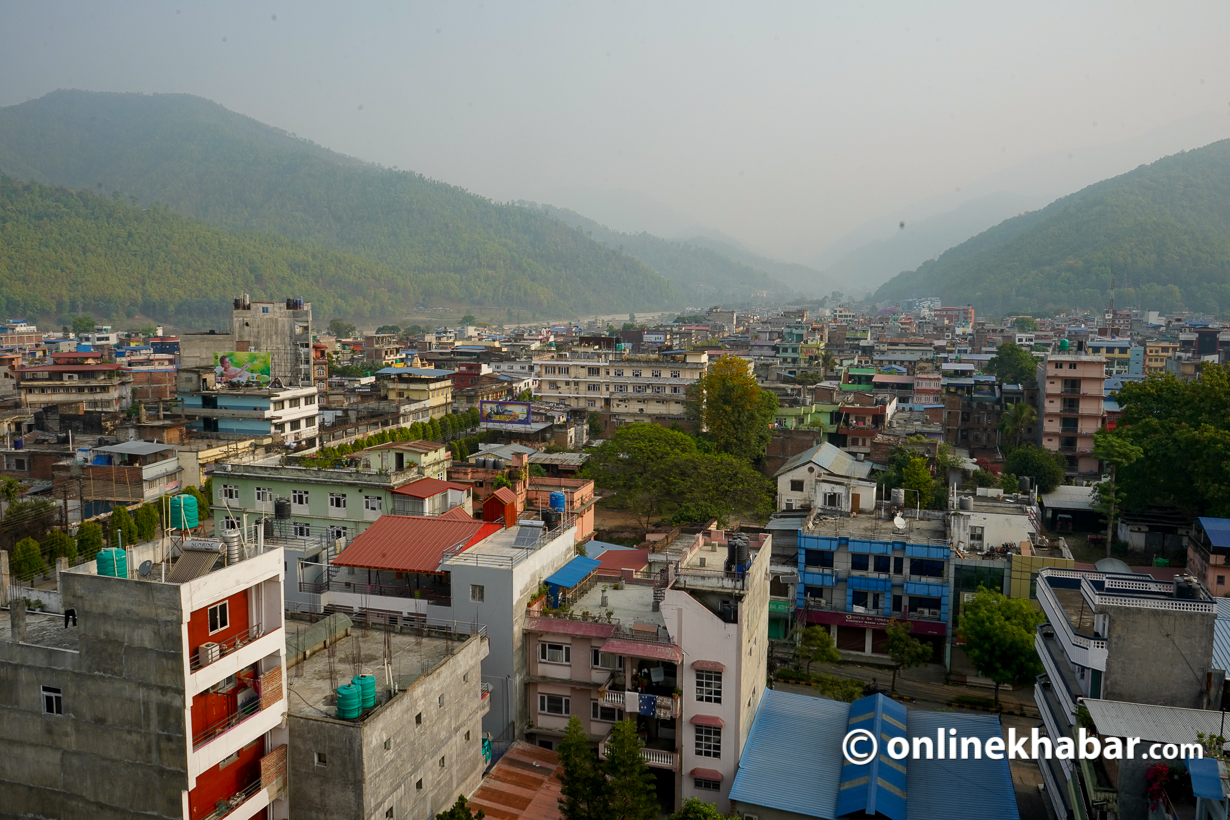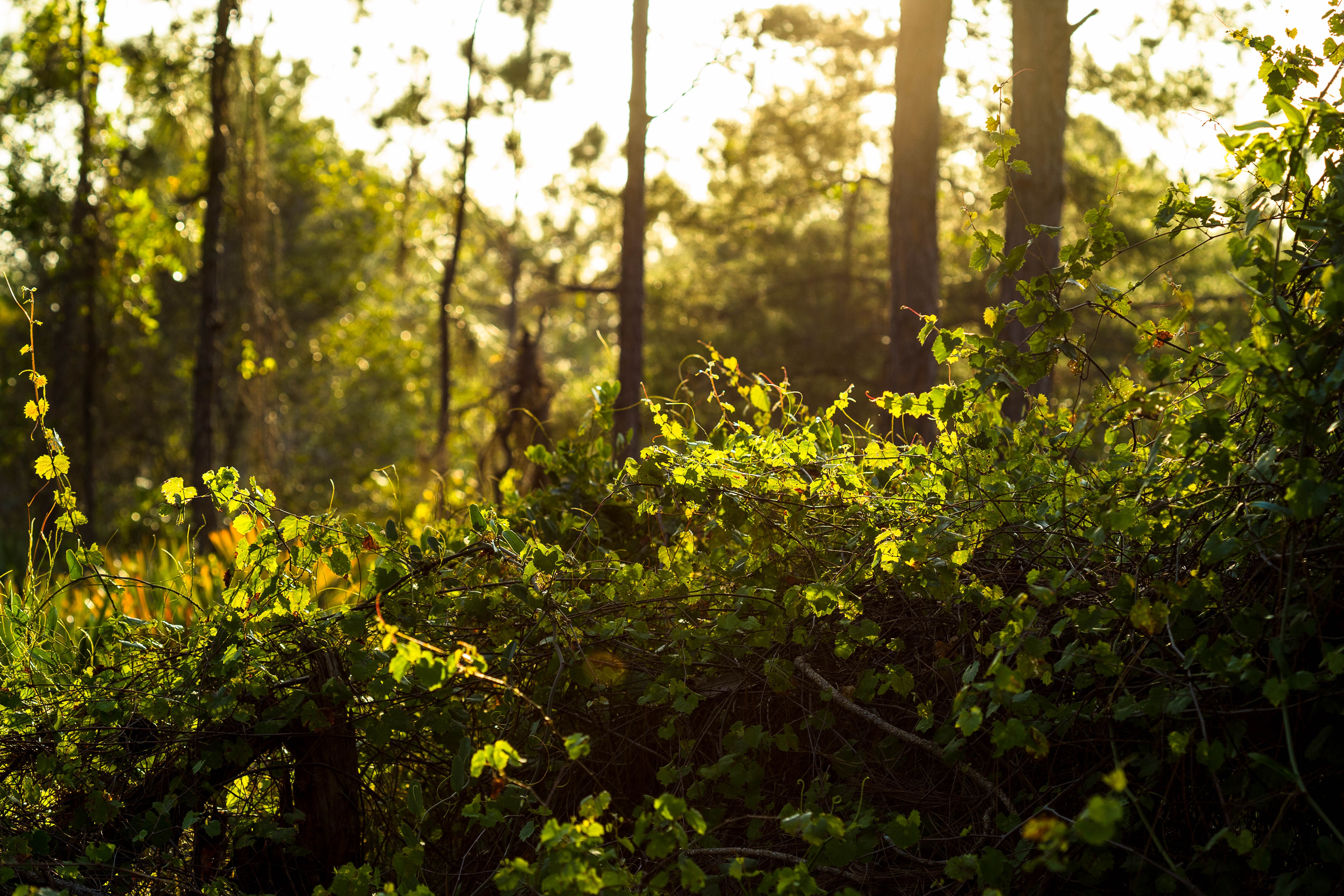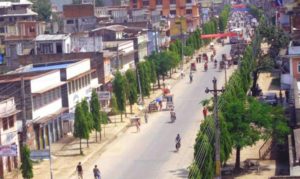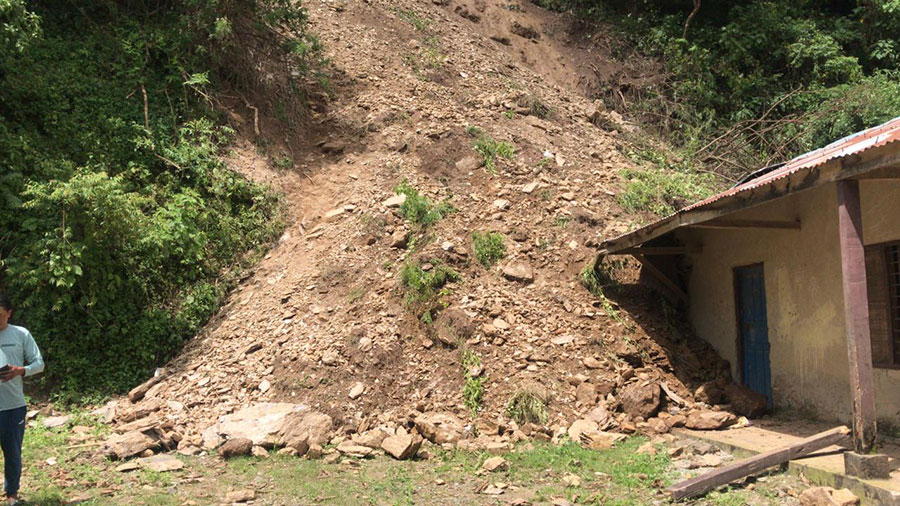
While development is essential, it must be guided by a profound respect for nature. It is important to preserve existing greenery while allocating space for new urban green areas. It is wrong to encroach on existing green spaces for the expansion of urban areas. However, the integration of well-planned green spaces within the urban fabric not only nurtures the urban green spaces but also helps in a sustainable transformation where life and nature can coexist.
Hetauda is one such city, which has embraced nature and there is a peaceful coexistence between the people and the environment. With Ashoka trees gracing its main road, this peaceful sanctuary has shown how city life and nature can coexist.
Hetauda has recently transitioned from a small town to a provincial capital, a change that brings both promises and challenges for the future. While growth signifies progress and development, it also poses a critical question: How can this evolving city preserve its intrinsic green charm amidst the flourishing urban activity and growing population?
The answer, in part, lies in understanding the role of urban green spaces – areas that offer a rest from the urban hustle, restore ecological balance and contribute to the overall well-being of the community.
Green spaces in the city

The historical presence of Ashoka trees, a visual hallmark of Hetauda’s commitment to nature, is an indication of the town’s sensitivity towards green spaces. These trees, standing as sentinels of peace, provide shade, purify the air, and create a visual landscape that’s inherently refreshing. However, the transformation of Hetauda into a provincial capital exhibits the need for a more comprehensive approach. The growing population and increased urban activities call for the integration of well-planned green spaces within the urban fabric.
To achieve the vision of a sustainable future, a multi-faceted approach is important. Establishing well-maintained parks and recreational areas is essential for fostering community engagement and environmental stewardship. These spaces provide a sphere for relaxation, exercise, and social interaction, becoming the backbone of a vibrant urban life.
Hetauda can consider creating diverse parks that cater to different age groups and preferences, from children’s playgrounds to serene gardens for contemplation. Huprachaur is really valuable and a great example of green space in the city. Managing Huprachaur well, along with introducing other similar spaces, would be a smart move to improve the urban green areas in Hetauda.
Additionally, prioritising the creation of green corridors, that interconnect the pockets of green spaces extending from parks and gardens to tree-lined streets can be a very effective idea in Hetauda’s scenario.
These corridors serve as green pathways, connecting residents with nature while allowing the town’s biodiversity to thrive. Strategic allocation of these corridors within the urban framework ensures a harmonious coexistence between urbanisation and nature.
Furthermore, urban green spaces can be harmoniously woven into the town’s infrastructure through vertical gardens, rooftop plantations, and green walls. These innovative solutions not only maximise the utilisation of limited space but also offer aesthetic enhancements and improve air quality, contributing to a healthier urban environment.
Initiatives to take

In light of Hetauda’s unique identity as a green city, a conscious effort must also be made to maintain its existing natural assets. This can involve nurturing and safeguarding the Ashoka and Gulmohar trees that have adorned its streets for generations. Encouraging community involvement in tree care, and planting initiatives can promote a sense of ownership and pride, ensuring the continuity of this green legacy.
Education also plays a pivotal role in realising the vision of urban green spaces. Raising awareness among the public about the benefits of greenery, biodiversity conservation, and sustainable urban planning can garner support and enthusiasm. Schools and public events can serve as platforms for sharing knowledge and fostering a culture of environmental responsibility.
The process of creating urban green spaces demands collaboration among various stakeholders – municipal authorities, urban planners, architects, environmentalists, and, most importantly, the local community. The integration of green spaces should be a participatory approach, one that captures the aspirations and needs of Hetauda’s residents.
Funding mechanisms, partnerships with non-governmental organisations, and tapping into government grants can facilitate establishing and maintaining these green spaces. Furthermore, incentivising private entities to adopt sustainable practices can also contribute to the town’s green transition.
Investment in the town’s future
The case of Hetauda is not unique; it echoes the global narrative of urbanisation and environmental conservation. As cities evolve, the need for green spaces becomes increasingly evident. These spaces are not mere luxuries; they are the soul of urban development, providing a sanctuary for the human spirit.
Hetauda’s journey from a serene town to a bustling provincial capital holds the promise of growth and prosperity. However, this transition must be managed with wisdom, preserving the town’s intrinsic green character.
The creation of urban green spaces is not just a necessity but an investment in the town’s future. It signifies an understanding that urbanisation and environmental sustainability are not mutually exclusive.
With strategic urban planning, community involvement, and a commitment to preserving nature’s legacy, Hetauda can continue to stand as a beacon of a green city, where development flourishes alongside the beautiful landscapes.
























